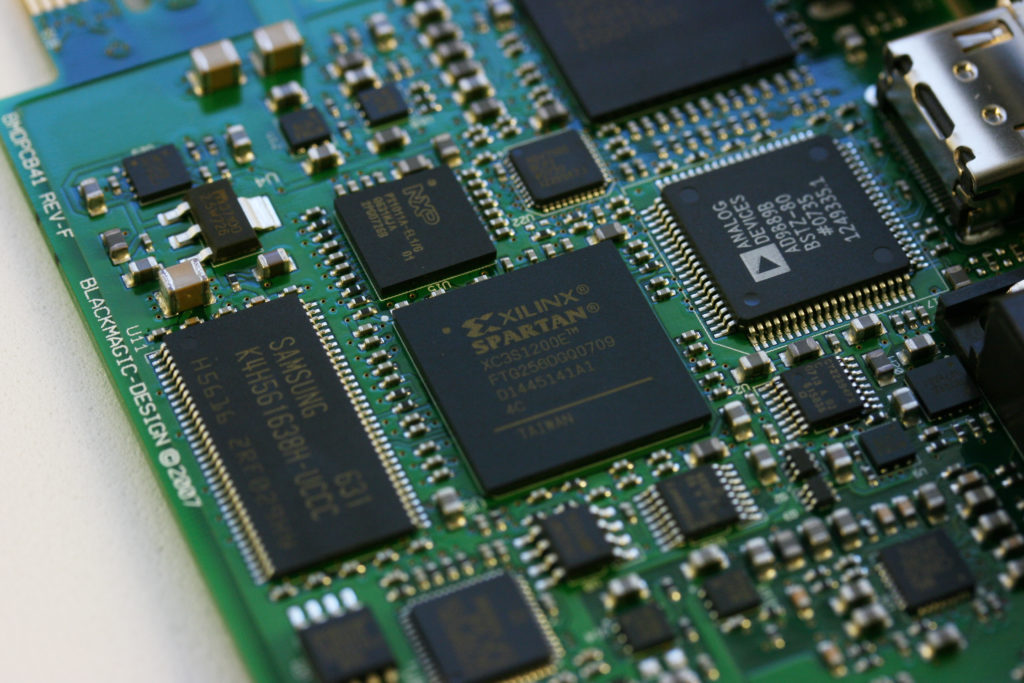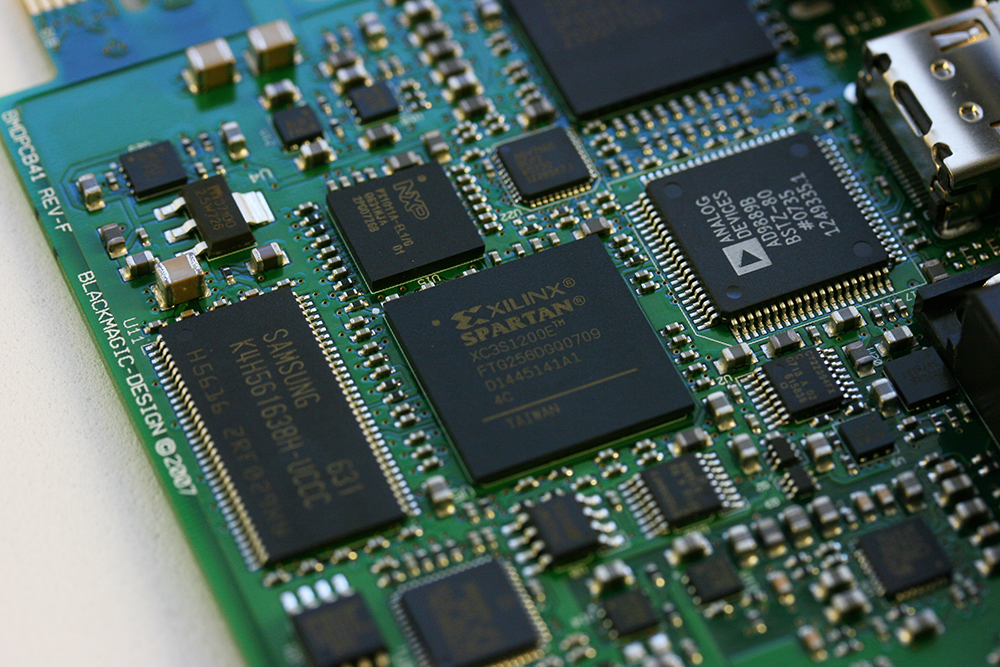Some people are asking why Canon’s new EOS R5, in some modes, suffers heat-limited recording times. Part of the answer is intuitive: it’s processing a lot of data, and fast electronics means heat. That train of thought is derailed, though, by the reality that cameras just like the R5 can sometimes seem to do amazingly similar things to full-size cinema cameras that empty big, expensive batteries very quickly. However hot a little stills camera gets, it’s dissipating a lot less power than a full size cinema camera. The surprise, really, is that the R5 can handle 8K at all, with its Altoids-sized battery pack and pocketsized profile, when an Alexa LF gnaws through far more power to handle – let’s face it – rather fewer pixels.
Of course that isn’t really fair. Big cinema cameras have a host of features that stills cameras don’t, but in the end they’re doing many of the same calculations. So how do small cameras, right down to pint-sized holiday handycams, much less cellphones, do so much of the same work as a digital cinema camera for so much less power, and therefore generate so much less heat?
The short answer is custom-made microchips, but to understand that we need to understand the alternative. A lot of modern electronics involves programmable logic devices – FPGAs, field-programmable gate arrays. The origins of the term are increasingly historic, but the original idea was to take a huge array of very simple digital logic elements, and connect them together in various ways to create useful devices. Those connections are defined in code that’s uploaded to the device as part of its firmware.
Doing this has a lot of advantages. It’s probably easier and certainly a lot cheaper than having application-specific integrated circuits, ASICs, made to do the same work. It’s especially attractive for relatively low-volume devices like digital cinema cameras where the tooling costs for ASICs can be prohibitive. It’s also possible to add significant new features to cameras already in the field. Blackmagic improved the viewfinder latency on the Ursa Mini with a firmware update, something that might not have been possible with a set-in-stone design.
On the other hand, an application-specific integrated circuit, an ASIC, will typically do the same work for significantly lower power consumption than an FPGA. That explains why it’s possible to have handycams that weigh as much as a six-inch sub that will record 4K for hours on a battery you could accidentally swallow.
Of course, that doesn’t really explain the issue with the R5.
It’s a tough question to answer with any certainty, because the details of how these camera are engineered isn’t public. Canon call their image processor DIGIC, but it’s far from clear what a DIGIC actually is, under the hood, and how its design might influence its power consumption and so the heat it generates. All the same, it’s a much larger-volume product than a Venice or Alexa, it’s much smaller, and it uses far less power. Public information hints that it’s an ASIC containing a CPU core and a lot of digital signal processing hardware. DSP can be thirsty no matter how it’s built, but not generally to the same extent as making an entire camera out of FPGAs.
We’re into educated guesswork here, but the reality seems to be that even with the most careful, low-power-consumption designs, the sheer performance of cameras is starting to test the limits of heat dissipation and battery capacity. If we want 4K pictures at hundreds of frames per second, in high bit depths, treated with high-quality demosaic algorithms, compressed with high-efficiency codecs and stored at high bit depths on fast flash cards, something has to give.
If there’s a conclusion to be drawn from this, it’s that performance, power consumption, bulk, and even issues like noise from cooling fans are all starting to approach practicality limits. The Alexa LF pulls over 120W. It’s a fantastic camera but it’s so power-hungry that it has provoked the development of an entirely new battery mount. In more midrange cameras, it’s quite possible for the cost of a reasonable power system – batteries and chargers – to exceed the value of the camera body itself, especially if we’re shooting documentary all day, away from the charger.
It’s hard to shed too many tears for people who buy stills cameras and expect blockbuster cinema performance. Be happy that the option to shoot huge pictures on a pocket-sized body even exists. Still, if this comes off as a push for more attention to be paid to power consumption in midrange and high-end cameras, it’s probably past due.


